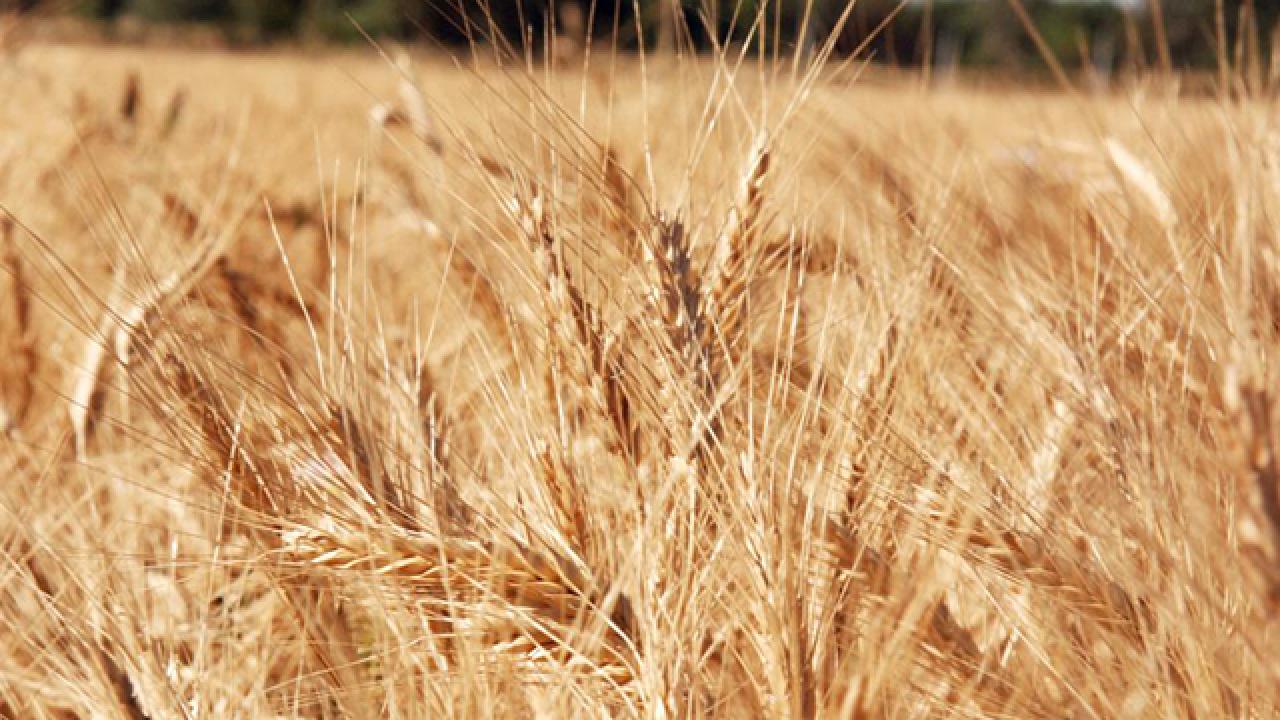
UC Davis receives grant to increase dietary fiber in wheat
This article originally appeared on the College of Agricultural and Environmental Sciences website.
Diets lacking fiber are linked to health concerns such as colon cancer and heart diseases, but Americans only consume 30 percent of the recommended daily amount of fiber. One way to increase fiber consumption is to produce wheat varieties that contain more fiber. The University of California, Davis, has received a nearly $500,000 Seeding Solutions grant from the Foundation for Food & Agriculture Research (FFAR) to increase the dietary fiber content in wheat products.
Bay State Milling, California Wheat Commission and Limagrain Cereal Seeds provided matching funds for a total investment of $959,997.
“A small increase in fiber content in refined flour products can translate into a significant boost in the public’s consumption of dietary fiber.” said FFAR Executive Director Sally Rockey. “By developing wholesome food with more fiber, and the same great taste, we can lower the incidence of preventable, diet-related diseases.”
Refined wheat flour, commonly known as all-purpose flour, is more popular than whole wheat flour in most industrialized countries, but lower in fiber. To increase fiber in refined flour, UC Davis researchers, led by Jorge Dubcovsky, are investigating ways to increase wheat dietary fiber using modified starch synthesis enzymes. The first generation of varieties with increased dietary fiber in the plant’s starch showed reduced grain yield, making the grain more costly for consumers.
Dubcovsky’s team is developing a second generation of wheat varieties with high fiber in the refined flour but with a higher grain yield. Using genetic tools and molecular markers the researchers are identifying genes responsible for wheat yield, quality and fiber content. With this information, the researchers are testing combinations of wheat genetics, environmental conditions and growing practices that encourage high-yield and high-fiber crops.
“Most of the refined flour is starch, so the trick is to hide the fiber in the starch,” said Dubcovsky. “We increased the relative amount of ‘resistant-starch,’ which is not digested in the small intestine and works as dietary fiber. We are now combining modern and traditional breeding methods to improve the grain yield of the high-resistant-starch varieties, to make this healthy product more affordable to consumers.”
Ultimately, the researchers are encouraging fiber consumption by developing productive high-fiber wheat varieties with higher yields and lower costs, while maintaining flavor and quality. This research offers consumers a healthy alternative to refined products.
